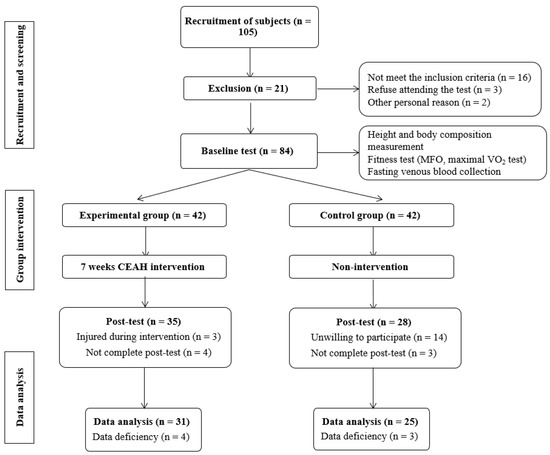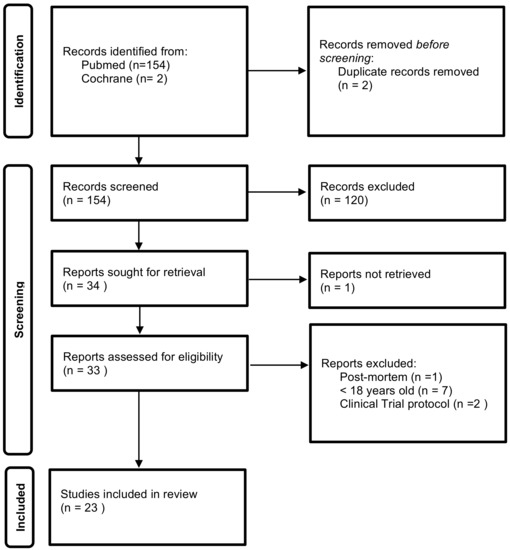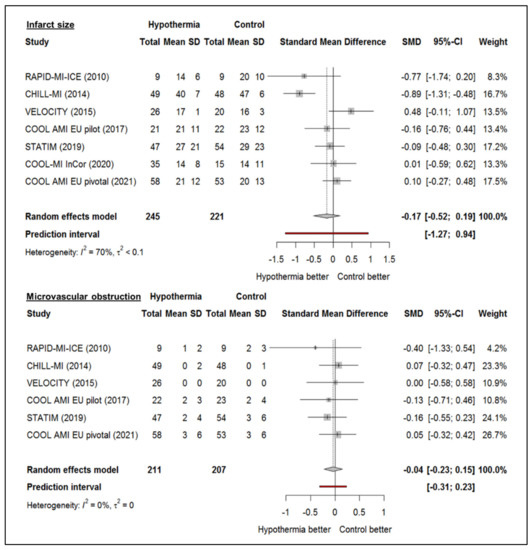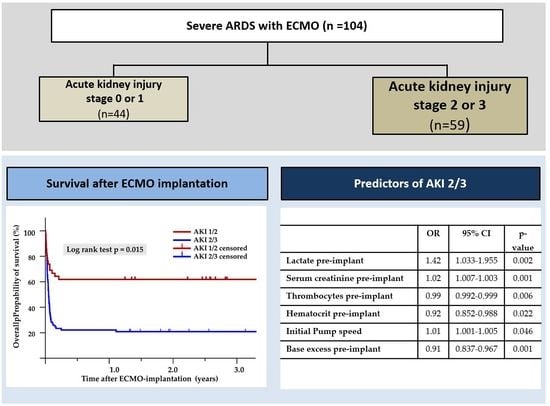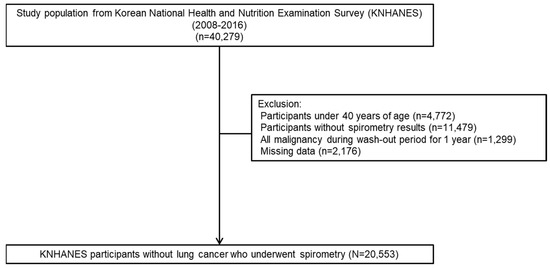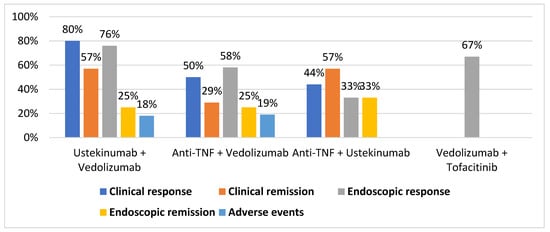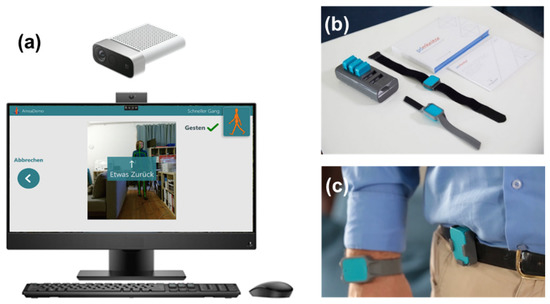J. Clin. Med. 2022, 11(4), 1088; https://doi.org/10.3390/jcm11041088 - 18 Feb 2022
Cited by 8 | Viewed by 5792
Abstract
Clinical manifestations of COVID-19 infection can range from an asymptomatic clinical form to acute respiratory distress depending on the virus gateway, viral load, host immunity, and existing comorbidities. Some patients with COVID-19 infection can present hematological changes depending on the patient’s immune response
[...] Read more.
Clinical manifestations of COVID-19 infection can range from an asymptomatic clinical form to acute respiratory distress depending on the virus gateway, viral load, host immunity, and existing comorbidities. Some patients with COVID-19 infection can present hematological changes depending on the patient’s immune response and the severity of the infection. We present two different manifestations of thrombotic disorders related to COVID-19: one severe form of immune thrombocytopenia in a young woman with no comorbidities and a severe form of thrombocytopenia along with disseminated intravascular coagulation and acute urinary obstructive disease. Interestingly, both patients presented no signs of COVID-19 pneumonia. Failure to diagnose thrombocytopenia rapidly may lead to severe complications. Management with immunosuppressive corticosteroids in high doses should carefully balance the risk of bleeding versus deterioration due to infection.
Full article
(This article belongs to the Collection Coronavirus Disease 2019: Clinical Presentation, Pathogenesis and Treatment)
►
Show Figures


